Introductions to the Revolutionary War
Late Colonial Virginia
Virginia in the Revolution
The War in 1776
The War in 1777
The War in 1778
The Later War and the Western Theater
Officer Biographies
After the War
Battlefield Guides
Reference
More from The 8th Virginia Regiment
0 Comments
Leave a Reply. |
Gabriel Nevilleis researching the history of the Revolutionary War's 8th Virginia Regiment. Its ten companies formed near the frontier, from the Cumberland Gap to Pittsburgh. Categories
All
Archives
June 2024
© 2015-2022 Gabriel Neville
|
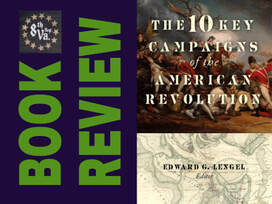
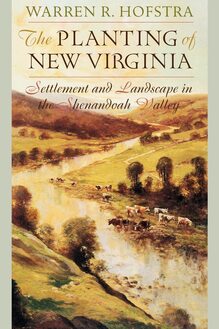
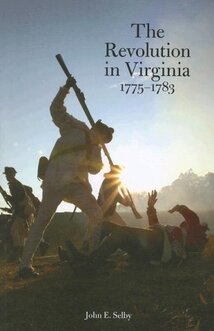
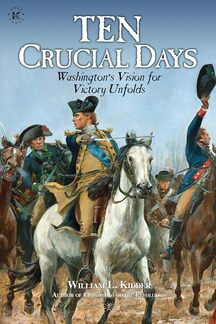
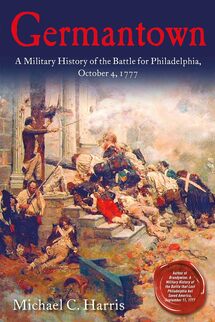
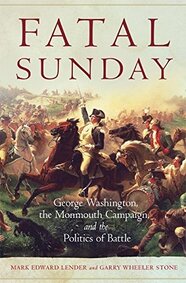
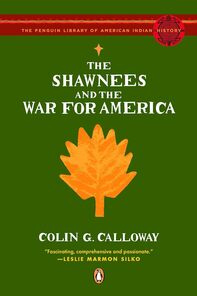
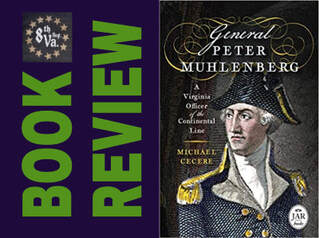

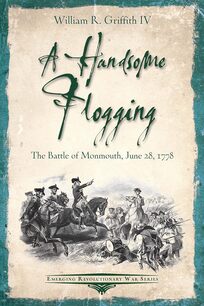
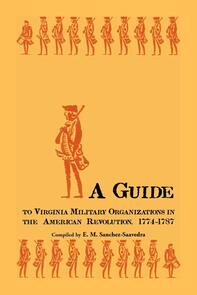
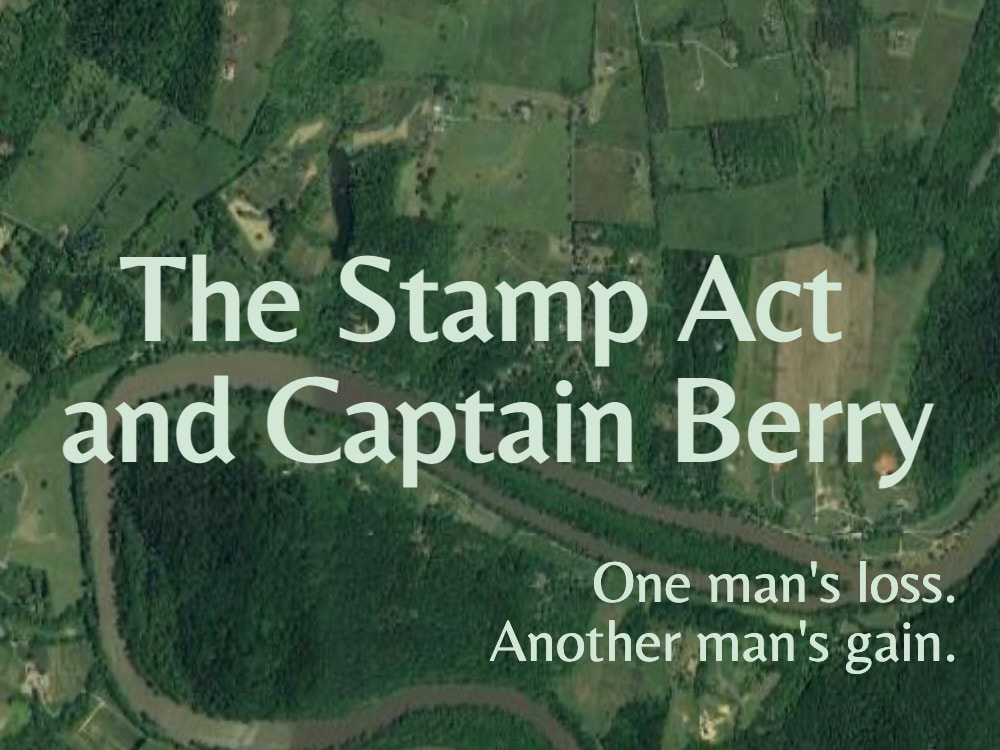

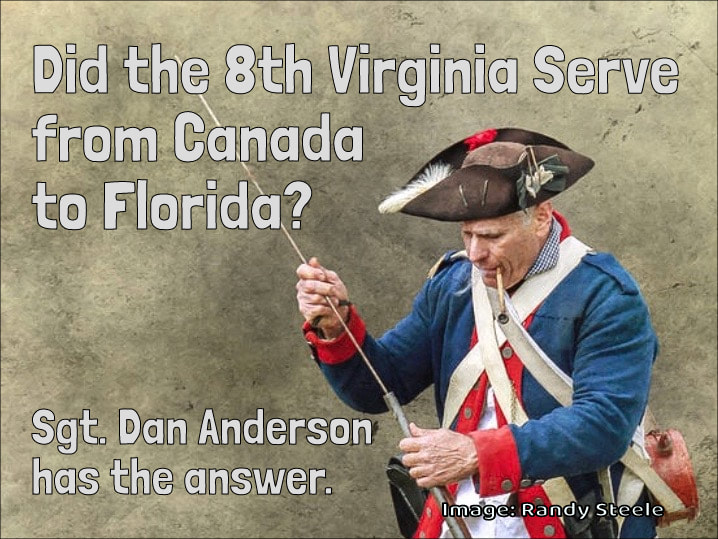
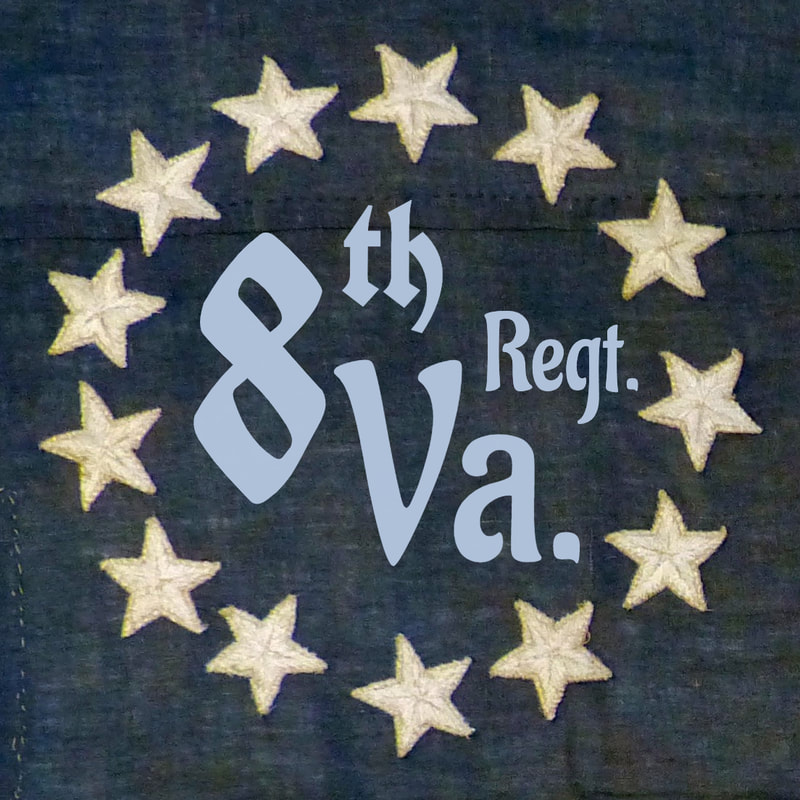
 RSS Feed
RSS Feed